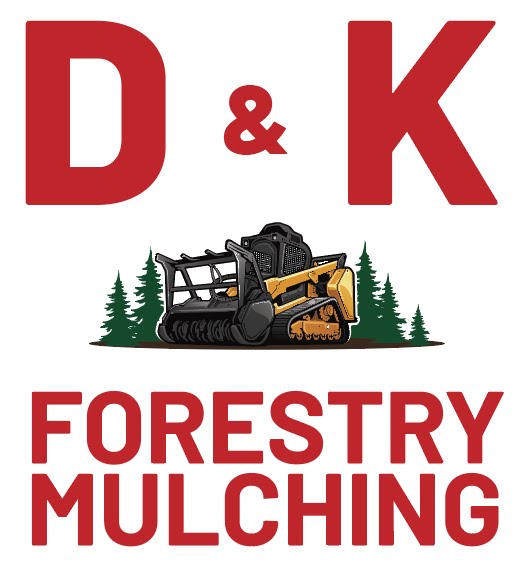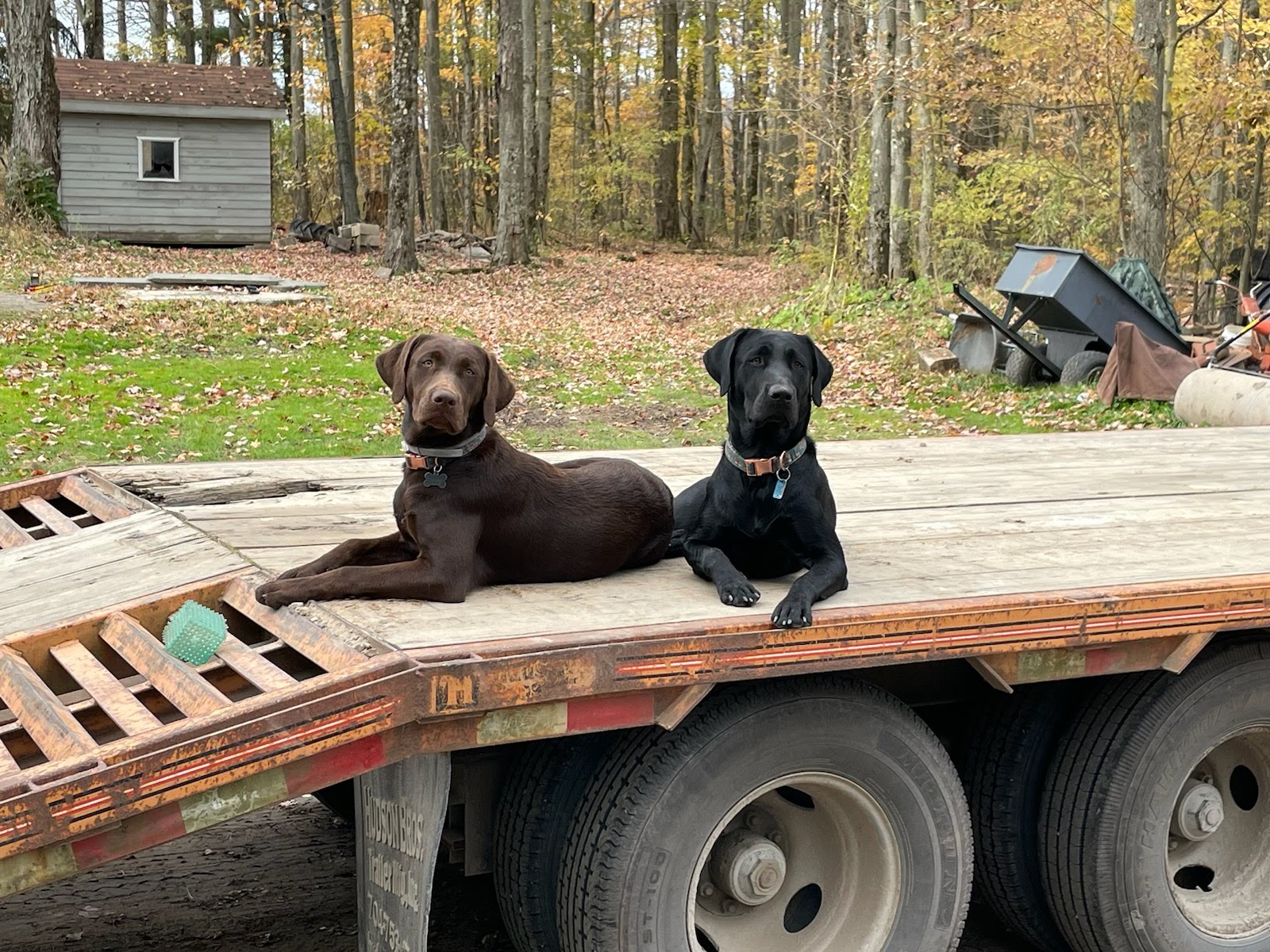
We just completed phase two of this job at a neglected farm in central Wayne County, Pennsylvania. The first phase was to clear cut, stump and and forestry mulch a little over two acres that was previously used as pasture from the 1800’s through 1965. Since then, invasive species took root and well-intentioned caretakers planted shrubs and trees that couldn’t thrive in the harsh weather.
The homeowner called us back during the dry spell we’re having here and we came out to grade and seed the area. We’ll share more about the soil quality later, but for now you should know that this was most rock filled material we’ve ever worked on. From chips to boulders to ledge rock outcrops, it had it all.

Since pasture reclamation is a service that D&K provides I wanted to share some more about it. Pasture reclamation is a unique forestry management technique that involves the restoration of degraded or unused pastures to productive land for sustaining both people and animals. This practice has a long history, dating back to ancient civilizations, and has evolved over time to incorporate modern techniques such as forestry mulching, seed sowing, and the use of heavy equipment for grading.
By creating productive pastures, reclamation efforts contribute to food security by increasing the availability of nutritious forage for both livestock and wildlife. This, in turn, can have positive economic impacts for communities by supporting local agriculture and fostering sustainable livelihoods.
Pasture reclamation also has environmental benefits. It helps to combat soil erosion by stabilizing the soil with the protective layer of mulch and promoting the growth of a diverse vegetation cover. The reestablishment of vegetation also contributes to carbon sequestration and biodiversity conservation, enhancing the overall resilience of the ecosystem.
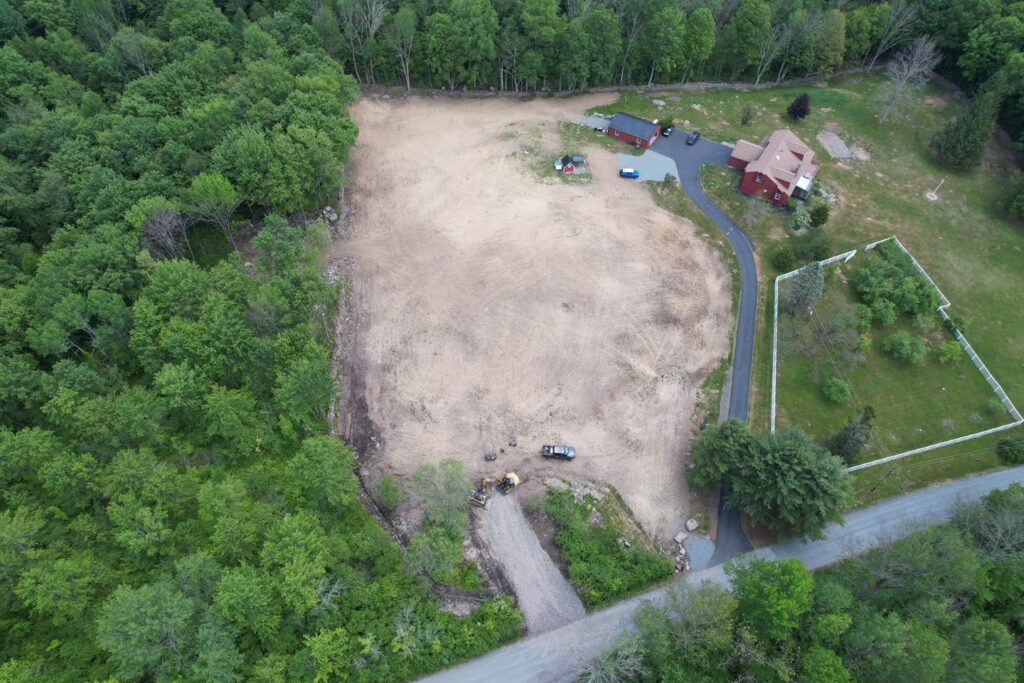
The history of pasture reclamation can be traced back to early agricultural societies, where land was a precious resource that needed to be optimized for food production. These societies recognized the potential of converting unproductive or overgrazed pastures into fertile land that could yield sustenance for both humans and livestock. By reclaiming these areas, they were able to increase the productivity of their agricultural systems and enhance their overall food security.
One of the key techniques employed in pasture reclamation is forestry mulching. This method involves using specialized machinery, such as mulchers or masticators, to grind or shred unwanted vegetation, including trees, shrubs, and brush, into mulch. The resulting mulch serves as a protective layer that helps retain moisture in the soil, prevents erosion, and provides organic matter for soil fertility. Forestry mulching also eliminates the need for costly and labor-intensive manual clearing methods, making it an efficient and effective tool for reclamation.
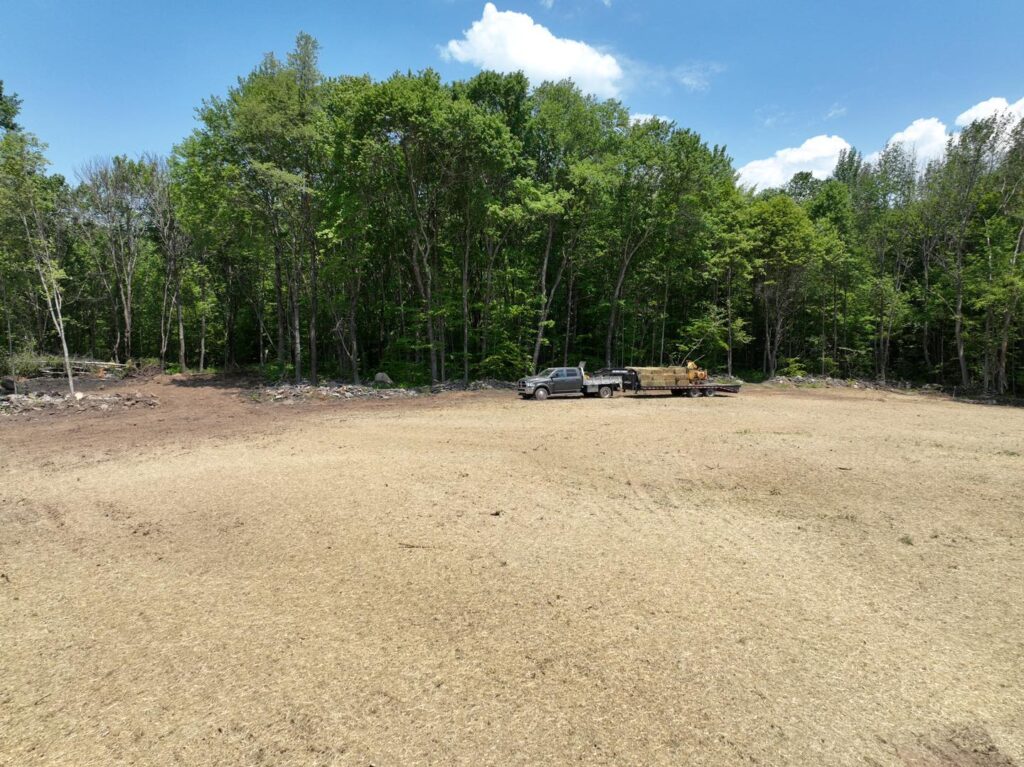
After the vegetation has been mulched, the next step in pasture reclamation is seed sowing. This involves dispersing a carefully selected mix of grass, legume, and forb seeds onto the prepared soil. These seeds are chosen for their ability to thrive in the local climate and soil conditions, as well as their nutritional value for both livestock and wildlife. By sowing a diverse range of seeds, reclamation efforts aim to create a balanced ecosystem that supports a variety of plant and animal species.
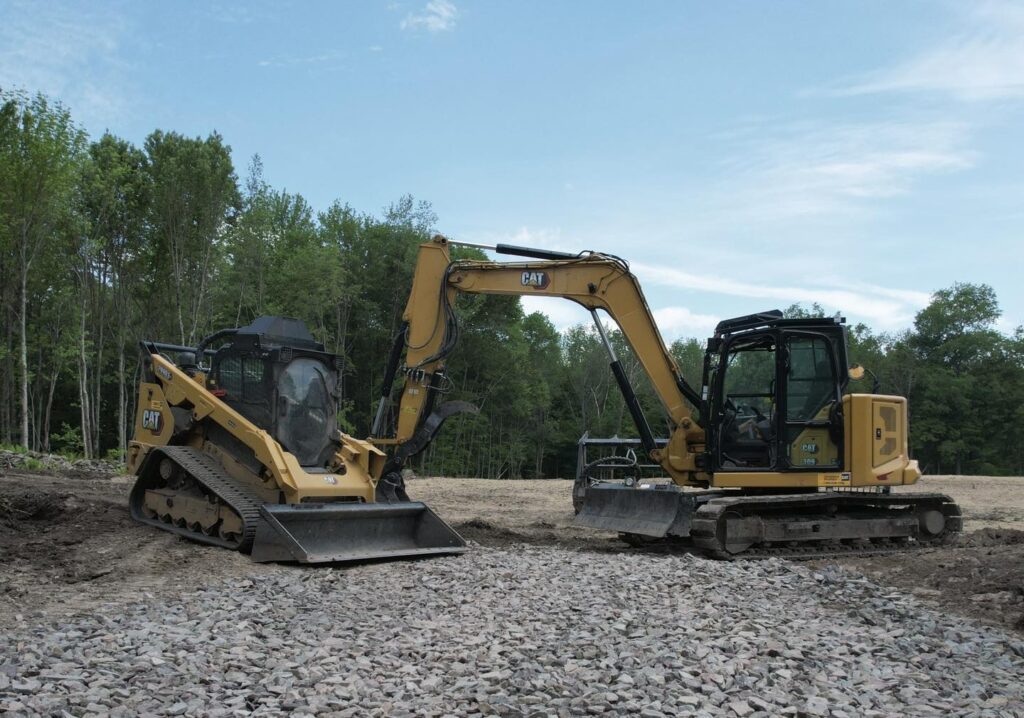
Heavy equipment, such as bulldozers and graders, plays a crucial role in the grading phase of pasture reclamation. This process involves shaping the land to create proper drainage patterns, prevent waterlogging, and improve overall accessibility. Grading helps to create an optimal environment for plant growth and ensures that the reclamation efforts result in a functional and productive landscape.
If you need pasture reclamation, forestry mulching East of the Mississippi or have questions about techniques, reach out anytime dkforestrymulching@gmail.com or 570-679-2869.
